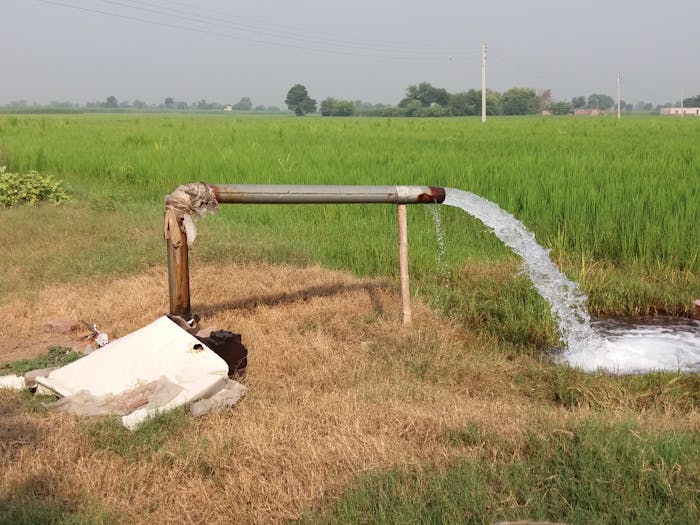Declining Groundwater Tables
Scholar: ‘I love maps and was preparing for my “show and tell” on groundwater, our invisible water resource. I found global maps showing declining groundwater tables. How do they know? In which countries is it the most extreme?’
During wet periods, surface water is often prioritized as a source for irrigation water due to its availability and relatively low cost. However, during dry periods, irrigation comes primarily from groundwater sources. Additional wells are often installed to meet irrigation demand. When the wet period returns, groundwater levels increase, yet global trends show that they do not recover to their pre-dry periods due to continued use of the additional wells. An example of this is increased groundwater use and decline in California.
Created in partnership with:
![]() International Groundwater Resources Assessment Centre
International Groundwater Resources Assessment Centre

 06 Clean Water and Sanitation
06 Clean Water and Sanitation